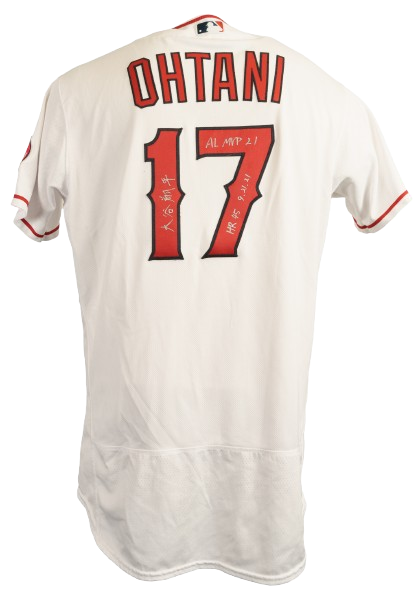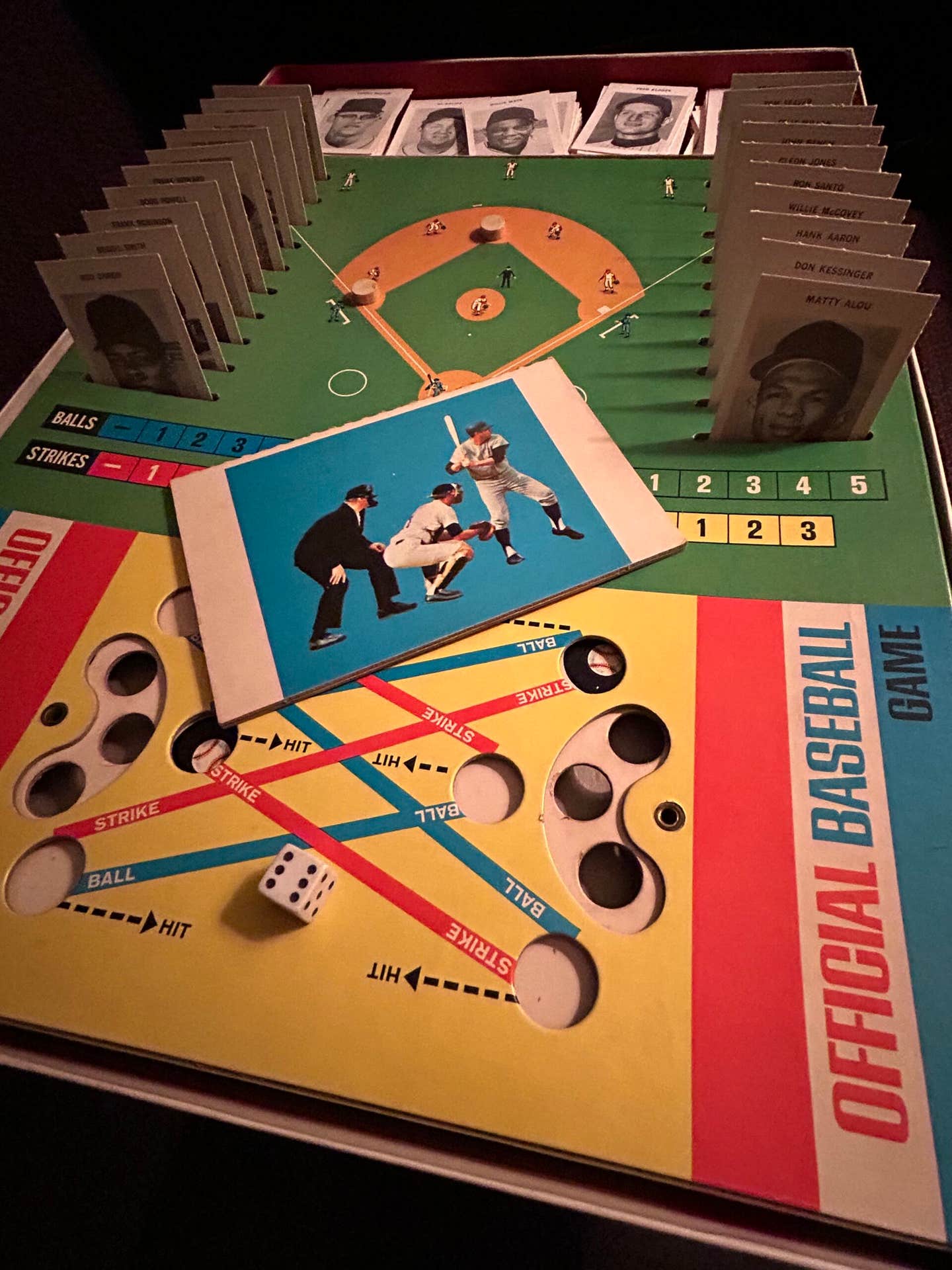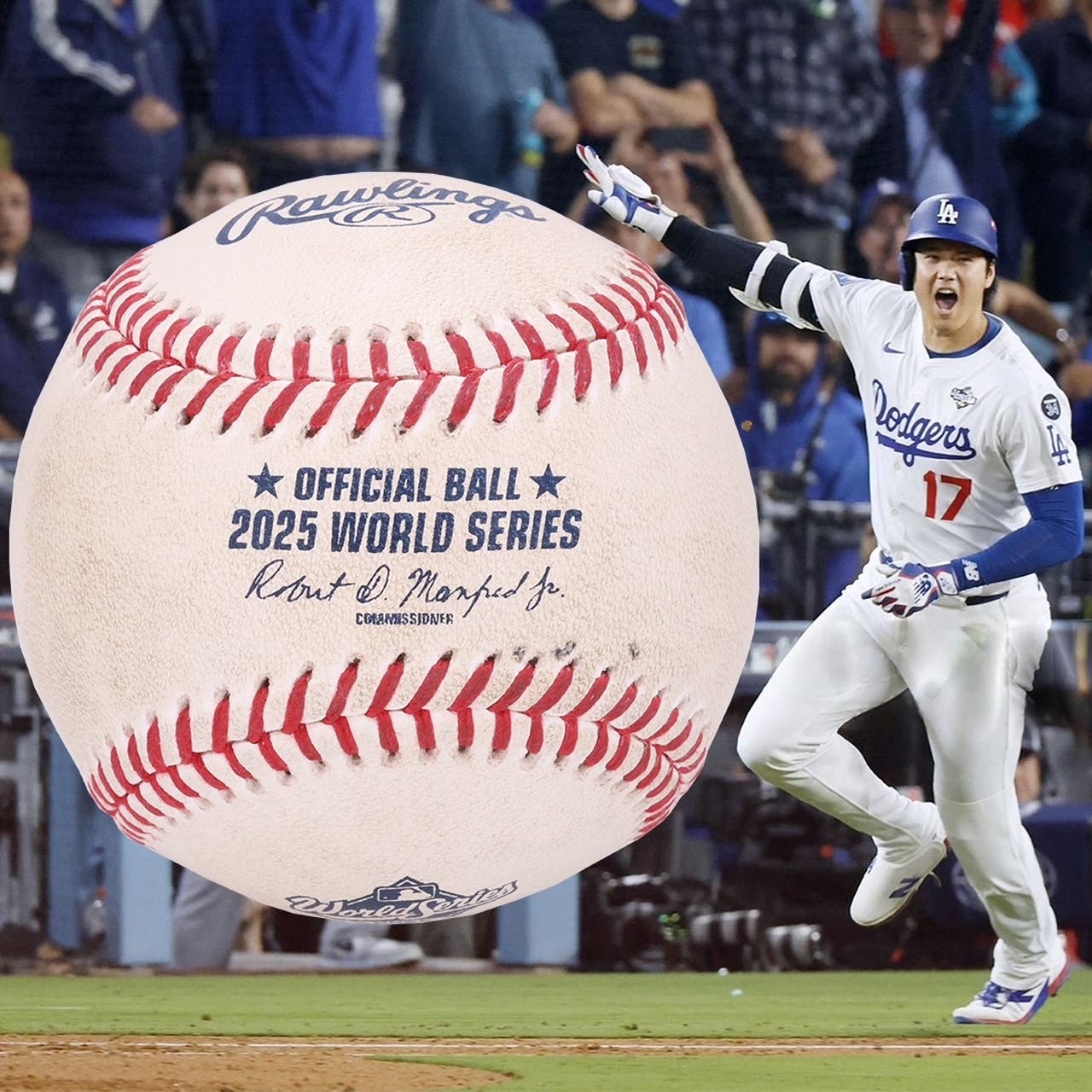Memorabilia
Programs here!
It’s a cry that’s as much a part of the ballpark experience as hot dogs or the seventh-inning stretch.
“Programs! Get your programs here!”
The program is the ultimate souvenir from a game. No other item – not your ticket, a cap or a bobblehead – evokes such feelings of nostalgia 10 or 20 years down the road.
And if a program is the ultimate souvenir, the World Series is the ultimate baseball experience. So it’s not surprising that programs from the Fall Classic are highly coveted collectibles.
“There’s a big demand for World Series programs, and they’re probably among the more expensive of the items I deal in, particularly the older ones,” explained Robert Crestohl, a baseball publications dealer in Montreal, Quebec.
Jeffrey Miller, a collector and dealer based in Dresher, Pa., has had a similar experience.
“I can tell you that World Series programs are one of the hottest individual items I sell,” he said.
The first World Series was contested in 1903, and with the exception of 1904 and 1994 when the Fall Classic was not played, programs have been produced every year. On the strength of a pitching staff led by Cy Young, Boston defeated Pittsburgh five games to three in the inaugural fall showdown. The program from that matchup is considered the “Holy Grail” of World Series programs.
“The 1903 World Series programs are $50,000- $100,000, depending on condition. They’re very scarce,” advised Brian Marren, vice-president of acquisitions at Mastro Auctions in Burr Ridge, Ill.
Other early World Series programs also command thousands of dollars.
“People are always looking for stuff from the ’30s and earlier,” said Dean Zindler, a longtime sports collectibles dealer in Norcross, Ga.
Lelands, for example, sold a 1926 St. Louis Cardinals World Series program (with two tickets) for $1,676 after the Cards’ 2006 championship. In the same auction, a 1928 program (plus a ticket) fetched $1,781. The 1928 publication likely sold for more because Babe Ruth and Lou Gehrig collectively slugged seven homers in that World Series. The sale price illustrates that historical significance can influence the value.
“The most memorable World Series are the ones I’m asked (for programs) about. The 1956 Don Larsen perfect game or 1932, when Ruth called his shot. I also sell a lot of 1986 (Buckner ground ball) programs.” said Mike Luchies, owner of Stubs4Sale.com in Kalamazoo, Mich.
The teams participating in the World Series can also impact the value.
“Generally, Yankees or Dodgers stuff commands more than other teams,” said Zindler.
“Brooklyn programs always seem to have some sort of a premium. I think because Ebbets Field was small and there just weren’t as many of them (programs),” Crestohl said.
Autographs can also increase the price of a program.
“I see a lot of World Series programs that have autographs, significant autographs, sometimes like Ruth, Gehrig or Mantle. A 1930s program signed by Ruth and Gehrig would make that program much more expensive,” explained Marren.
Condition is also crucial. Hobbyists say it’s difficult to find programs in mint condition because they’re designed to be handled.
“On the older ones, it’s hard to find one that doesn’t have some wear and tear because most of them were obtained at the game. Sometimes back then you would use the program to cheer. You got angry, you rolled it up and hit it (the program),” said Miller.
Fans also tend to fold programs and put them in their pockets.
“That’s why a lot of them have the centerfold. Obviously, it’s much preferable if they weren’t folded,” said Crestohl.
Some collectors also prefer that the scorecard in the program not be scored, but there are exceptions.
“If it (the program) can be traced to a historic game, it (having the game scored) might even increase the value a little bit. A lot of times, it helps date a specific World Series game,” said Zindler.
“Somebody who actually sat there during the (Don Larsen) perfect game and scored every batter – I mean, that program brings big money,” Crestohl said.
Programs from the 1950s World Series matchups generally sell in the $100-$300 range. A 1950 World Series program (Phillies vs. Yankees), for example, sold for $114 in an eBay auction in July. Publications from the 1960s are more abundant. In most cases, you can expect to pay between $50- $200 for a program from this era.
An important change
A major change was made to the World Series program protocol in 1974. Up until that time, each club produced their own program. Starting in 1974, however, just one program was printed by Major League Baseball. Miller says that each team was given the option of including an insert; this insert was then included in programs sold in their home stadium.
Around that same time, hobbyists could also purchase programs via mail order. The mail-order programs did not include the team inserts, notes Miller. Some variations of these programs are extremely rare. As a Phillies fan, Miller has a vested interest in the 1980 World Series (Phillies vs. Royals). He says that the Kansas City edition of the program was tough to track down.
“I didn’t get my own Kansas City edition until into the ’90s,” he said.
Hardcore collectors are likely to pay a premium for scarce World Series programs like the 1980 Kansas City edition.
Complicating matters further is that some teams declined to produce inserts. Miller notes that the Oakland A’s, for example, did not compile an insert for their 1988 and 1989 World Series appearances. On the other hand, the St. Louis Cardinals are known for producing thick inserts.
The format for World Series programs changed again in 1995, when both team inserts were included in all of the programs, eliminating the different versions, says Miller.
Recent World Series programs are readily available and are now even sold on newsstands. They generally command $10 to $15 each.
Some hobbyists feel that World Series programs are underpriced compared to other baseball collectibles.
“People that collect World Series programs appreciate them. People that have an appreciation for the history of the game, appreciate them. But the people that are just purely looking for something to invest in, it (collecting World Series programs) just doesn’t have the appeal to them,” said Crestohl.
Zindler believes there’s potential for these programs to rise in value.
“There’s still really good deals to be had,” he said.
“I feel that the values are really quite understated,” Crestohl said.
So if you’re lucky enough to be at the ballpark during the World Series, indulge the vendor yelling “Programs here!” and pick up a program. Not only will that souvenir have sentimental value, it might also turn out to be a solid financial investment.
Kevin Glew is a frequent contributor to Tuff Stuff. Contact him via e-mail at kevin.glew@sympatico.ca.
Editor's Note: This story originally ran in the October 2007 issue of Tuff Stuff magazine, a sister publication of Sports Collectors Digest. To see what else Tuff Stuff has to offer go to www.tuffstuff.com








